ASTRO 4410
Last Updated
- Schedule of Classes - June 16, 2025 11:41AM EDT
- Course Catalog - September 10, 2024 9:48AM EDT
Classes
Links for textbooks and Cornell Store open in new tab.
ASTRO 4410
Course Description
Course information provided by the 2024-2025 Catalog. Courses of Study 2024-2025 is scheduled to publish mid-June.
The course covers methods in optical and radio astronomy and selected topics in astrophysics. Major experiments use techniques chosen from charge-coupled device (CCD) imaging, optical photometry, optical spectroscopy, radiometry and radio spectroscopy. Observations use the Hartung-Boothroyd Observatory's 24-inch telescope and a 3.8-meter radio telescope on the roof of the Space Sciences Building. The course covers the fundamentals of astronomical instrumentation and data analysis applied to a wide range of celestial phenomena: asteroids, main-sequence stars, supernova remnants, globular clusters, planetary nebulae, the interstellar medium, OH masers, and galaxies. Methods include statistical data analysis, artifact and interference excision, Fourier transforms, heterodyned receivers, and software-defined radio.
Prerequisites/Corequisites Prerequisite or corequisite: PHYS 2214 and PHYS 2218 or PHYS 3310 or PHYS 3360, PHYS 3327. Recommended prerequisite: ASTRO 3310 or ASTRO 3334 or permission of instructor.
Permission Note Priority given to: Astronomy majors and Physics majors with an Astro minor.
Last 4 Terms Offered (None)
Distribution Category (PHS-AS, SDS-AS) (OPHLS-AG)
When Offered Fall.
Regular Academic Session.
-
Credits and Grading Basis
4 Credits Graded(Letter grades only)
-
Class Number & Section Details
-
Meeting Pattern
- TR Space Sciences Building 622
- Aug 26 - Dec 9, 2024
Instructors
Cordes, J
Stacey, G
-
Additional Information
Instruction Mode: In Person
Waitlisted students will be contacted to complete a survey to determine eligibility according to major preferences and prerequisites.
Nighttime optical observing will be scheduled as weather permits. Lab times will be flexible depending on each student’s schedule.
Share
Disabled for this roster.
